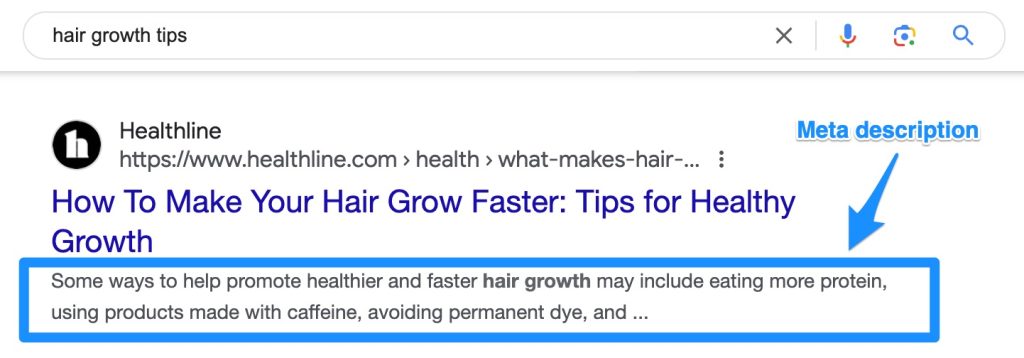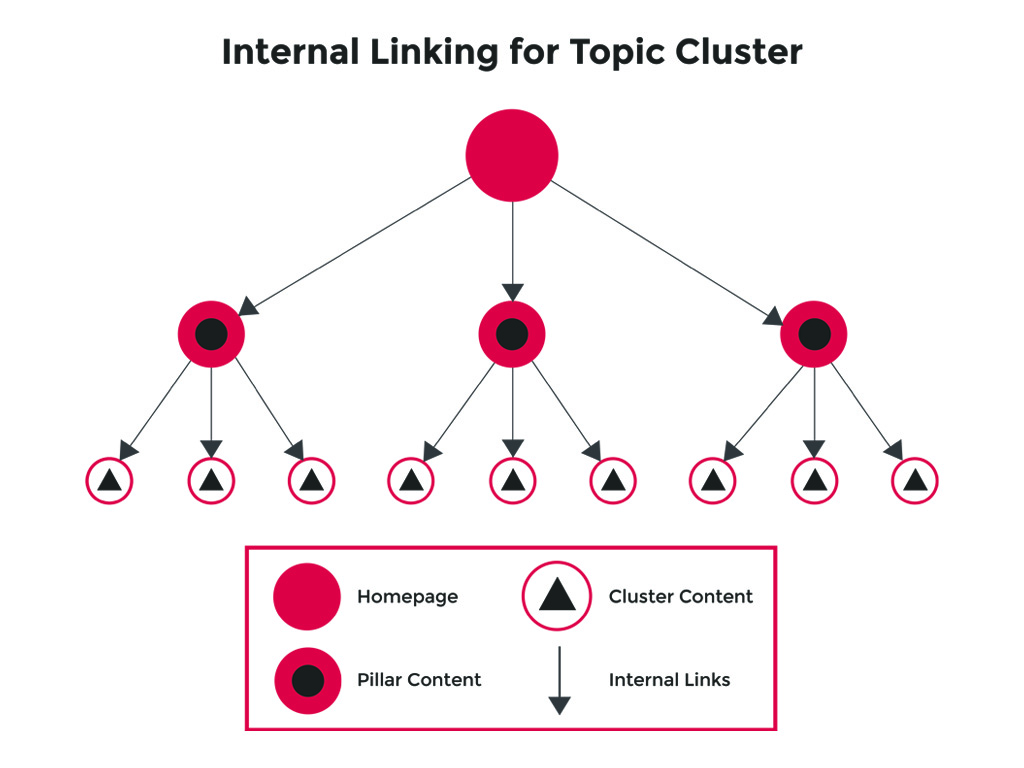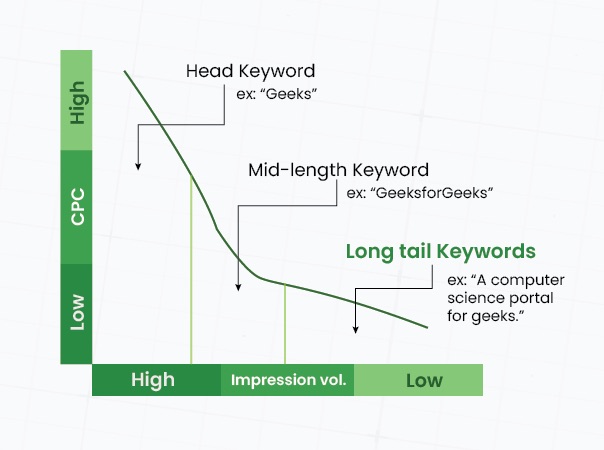Over the years, I’ve seen countless blogs struggle to gain traction simply because they overlooked one of the most critical components of online visibility: SEO (Search Engine Optimization). It’s not just about having great content — it’s about ensuring your content reaches the right audience. If you’re looking for sustainable growth, SEO is the foundation that will drive traffic, engagement, and ultimately, business success.
Here are my top three SEO strategies that every business should adopt for measurable growth:
1. Prioritize Long-Tail Keywords for Targeted Traffic
One of the most effective strategies I’ve implemented for both my own blogs and my clients’ is focusing on long-tail keywords. These are highly specific search phrases that usually contain three or more words. While they might have lower search volumes compared to broad, single-word keywords, they are far less competitive and tend to attract a more qualified audience—one that’s ready to engage or convert.
Why do long-tail keywords work?
Lower competition: With fewer businesses vying for the same keyword, you have a higher chance of ranking on the first page of search results.
Higher intent: Long-tail keywords are often used by people who are deeper into their research or purchase process, which can lead to higher conversion rates. For example, instead of just targeting “personal finance,” I target keywords like “how to budget for a family in India” or “best investment strategies for millennials.”
Better engagement: When people find exactly what they’re looking for, they’re more likely to stay on your site longer, explore other pages, and take action (like subscribing or making a purchase).
By consistently prioritizing long-tail keywords, I’ve seen significant improvements in search rankings and traffic quality, as the visitors who land on these pages are already looking for the specific solutions I provide.
2. Optimize Your Meta Descriptions & Headings for Maximum Impact
First impressions matter—not just in real life, but also online. The first thing a searcher sees in the search results is your meta description and headings (especially the title). These elements play a crucial role in convincing both search engines and potential readers to click on your blog post.

Here’s what I recommend:
Write compelling, keyword-rich meta descriptions
Your meta description should summarize the value of your blog post in a way that entices the reader to click. Although it doesn’t directly impact your SEO rankings, it does affect your click-through rate (CTR), which is a signal to Google that your content is relevant and helpful.
For example, when writing a post about investment tips for beginners, a meta description like “Discover easy-to-follow investment tips for beginners in India to grow your wealth and secure your financial future” will naturally attract clicks.
Use headings strategically
Headings (especially your H1) should reflect what the post is about while incorporating relevant keywords. Additionally, using subheadings (H2s and H3s) helps organize your content, making it easier for both readers and search engines to understand. Breaking down long blog posts into digestible sections with keyword-optimized subheadings improves readability and SEO.
I’ve consistently seen better rankings and more engagement when I’ve taken the time to thoughtfully optimize meta descriptions and headings.
3. Use Internal Linking Wisely to Strengthen Your SEO
Internal linking is one of the most underrated SEO strategies that can have a huge impact on both your rankings and user experience. The concept is simple: by linking to other relevant pages within your blog, you help distribute authority (also known as “link juice”) across your site while also keeping readers engaged longer.

Benefits of internal linking
Improves site structure
Internal links help search engines understand the hierarchy and relevance of your content. They can crawl and index your pages more efficiently, which often results in better rankings.
Boosts page authority
Linking from high-authority pages to newer or less-visited posts can pass on some of the ranking power, helping more of your pages get noticed by search engines.
Enhances user experience
When readers find links to related articles, they are more likely to spend additional time on your site. For example, in a post about weight loss strategies, I often link to other relevant articles like “How to Maintain Weight Loss” or “The Best Diet for Busy Professionals.” This not only provides value to the reader but also helps keep them on my site longer, improving key engagement metrics that search engines pay attention to.
When I implemented a strong internal linking structure on my blogs, I saw not only a boost in search engine rankings but also an increase in time-on-site and overall user satisfaction.
Ready to Take Your Blog’s SEO to the Next Level?
These are just three of the most effective SEO strategies that have helped me grow both my own blogs and those of my clients. SEO isn’t a quick fix—it’s a long-term strategy that, when executed properly, can lead to sustainable growth. By prioritizing long-tail keywords, optimizing meta descriptions and headings, and leveraging internal linking, you can drastically improve your blog’s visibility and start seeing real, measurable results.
If you want personalized advice or help with your blog’s SEO strategy, let’s chat. 🚀
By focusing on these tried-and-true SEO strategies, you’ll not only increase traffic but also attract the right kind of visitors—the ones who are ready to engage and become loyal customers.


Leave a Reply